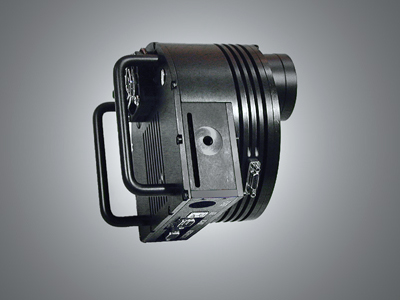 |
The New ST-XE and XM Line
of Self-Guiding CCD Cameras from SBIG:
Complete Systems with Faster Downloads, Better Cooling,
Better Autoguiding, Greater Expansion Capability and a New
Entry
 |
ST-7XME, ST-8XME, ST-9XE, ST-10XME, ST-2000XM / XCM
FASTER DOWNLOADS
New high speed electronics and USB interface are standard with data
transfer rates up to 426,000 pixels per second!
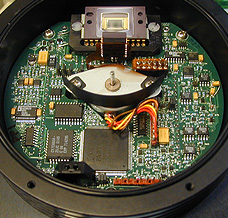 |
High Speed
USB Download Rates |
ST-2000XM | ST-7XE | ST-8XE | ST-9XE | ST-10XE |
| Full Frame | 4.5 sec. | 1 sec. | 3.7 sec. | 0.7 sec. | 8.7 sec. | |
| Focus Mode | ~0.5 sec | ~0.5 sec | ~0.5 sec | ~0.5 sec | ~0.5 sec | |
| Note: USB download times are processor dependent and will vary from computer to computer. These download times were measured on a 933 MHz Pentium III. Focus Mode rates were the fastest achieved using a 20 x 20 pixel subframe in Focus / Planet mode. | ||||||
USB extenders are widely available for remotely controlling the camera from up to seveal hundred feet from the computer. USB upgrades are also available for existing parallel based ST-7/8/9/10 cameras. See details below.
BETTER COOLING
The standard single stage cooling design has been improved to
provide cooling performance previously available only with an optional second stage
cooling booster. Preliminary specifications are as follows:
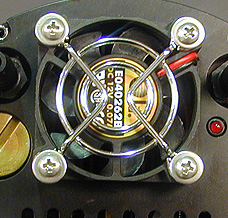 |
Cooling Performance (delta from ambient) | Typical | Minimum | Previous design |
| Standard single stage with water assist | -45o C | -40o C | not available | |
| Standard single stage without water | -35o C | -30o C | -25o C |
The standard cooling configuration is a single stage cooler with a newly designed heat exchanger that includes an inlet and outlet for water circulation should the user desire to maximize the cooling performance for hot climates. The new design does not require an additional power supply and may be operated with or without water supplied by the user. Even without water, the new design offers similar performance to two-stage cooling with much less current draw than a two-stage cooler. It is therefore less demanding on battery capacity when operating in the field. A circulating water pump and tubing are available from SBIG as optional accessories. In our experience, further cooling of Kodak CCDs beyond the performance above is unnecessary.
BETTER AUTOGUIDING
The TC-211 tracking CCD has been upgraded to a larger TC-237 in all dual sensor
ST-7/8/9/10/2000 cameras. As of March 2006, all ST-7/8/9/10/2000 cameras also have a
Remote Guide Head Port added for using the same optional
Remote Guide Head as the large format STL series cameras.
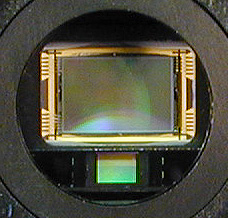 |
Built-in Autoguider |
Array | Pixel Size | CCD Dimension -------- ( Area ) |
Field of View at 80" FL |
Number of Pixels |
| TC-237 CCD | 657 x 495 | 7.4 x 7.4 u | 4.9 x 3.7 mm ----- 18.3 mm2 |
8.2 x 6.2 arcminutes ( 51 arcmin2 ) |
325,215 | |
| TC-211 CCD | 192 x 164 | ~ 15 u | 2.6 x 2.6 mm ----- 6.8 mm2 |
4.5 x 4.5 arcminutes ( 20 arcmin2) |
31,000 |
The TC-237 autoguiding CCD is seen here just below the larger KAF-1602E in an ST-8XE camera is the same CCD used in our previous $1300 ST-237A imaging camera and $2300 STV autoguider. The TC-237 is 2.7X larger than the TC-211 CCD which means there is a more than double the chance you will find suitable guide stars anywhere you happen to be looking without having to hunt. The sample images below demonstrate the difference in field of view.
| Field of View of TC-211 autoguider through an 8" SCT at F/7 30 second unguided image centered on NGC 2903 taken with the TC-211 tracking CCD. 192 x 164 pixels at ~15 microns (unbinned). |
| Field of View of TC-237 autoguider through an 8" SCT at F/7 30 second unguided image of the same area taken with the TC-237 tracking CCD demonstrates the benefit of having 2.7X the field of view: An increase in the number of potential guide stars stars. 328 x 247 pixels at 14.8 microns (binned 2x2). |
In the tracking configuration, the TC-237 CCD will normally be binned 2x2 for increased sensitivity. When binned 2x2 the field of view remains 2.7X that of the TC-211 however as the pixel size is increased to 14.8 microns. The user may also image with the TC-237 CCD in high resolution (unbinned) mode if desired.
In tests performed under moderate light pollution with an F/6 telescope, random pointing of the telescope in areas of the sky away from the Milky Way, we found stars bright enough to guide on 95% of the time. ThsSky software from Software Bisque automatically generates finder charts showing the correct placement of the guiding CCD field of view relative to the imaging CCD's field of view. Using this tool to plan your nights imaging is a great compliment to the self-guiding cameras.
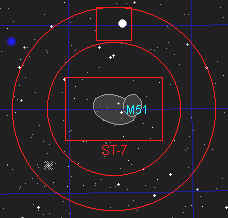 |
Previously, the camera had to be oriented so that the X and Y dimensions of the tracking CCD were aligned with the RA and DEC of the telescope, limiting the possible rotation of the camera to four possible positions around a target at at 90 degree steps. Now, with CCDSoftV5, the autoguiding capability is improved so that the camera may be placed in any orientation relative to the telescope's RA and DEC, allowing a full 360 degrees of rotation around a target for easier guide star acquisition. |
Of course, guiding with either the TC-211 or the TC237 tracking CCD means that the imaging CCD spends 100% of its time and quantum efficiency gathering the image. You are not required to compromise for half the quantum efficiency or twice exposure time as you might with other self-guiding designs.
Upgrades to a TC-237 autoguider are also available at the time of a USB upgrade. See details below.
GREATER EXPANSION CAPABILITY
All new production USB cameras and upgrades will include a
bi-directional I2C accessory port.
 |
The new I2C accessory port adds bi-directional communication capability for the development of a new family of "smart" accessories such as the CFW10 ten-position filter wheel and AO-L adaptive optics accessory. The standard accessory port is also provided in order to maintain backwards compatibility with our existing accessories (CFW8, AO-7, Relay Adapter Box) and customer's existing telescope interface cables.
COMPLETE SYSTEMS
It is the little things that count:
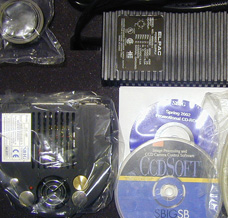 |
These cameras are complete systems. There is no need to add in the additional cost of an interface or an autoguider or a nosepiece or better software to make these cameras actually operate as they should. Everything that is needed to make these camera systems operational is included in the base price. We even include some non-essential, but desirable, items such as a custom waterproof, crushproof, dustproof Pelican carrying case with most models.
Each camera system INCLUDES at no additional cost:
MORE OPTIONS
SBIG continues to explore new methods and accessories to make professional quality imaging an achievable standard for amateurs.
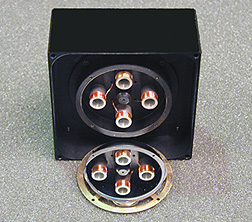 |
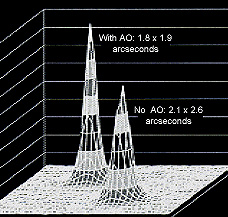 |
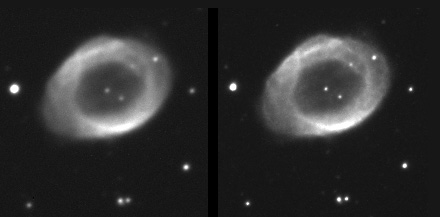 |
SBIG was the first company to offer adaptive optics and a self-guiding spectrograph to the amateur astronomy community at an affordable price. Both the AO-7 Adaptive Optics device and the SGS Self-Guiding Spectrograph are available to amateurs because of our patented dual sensor self-guiding camera design. In the case of the AO-7, the smaller tracking CCD is exploited to monitor star motion and drive the AO-7's mirror at correction rates up to 40Hz. The Self-Guiding spectrograph uses both CCDs in the camera head to provide simultaneous images of the object, slit location and spectra. It then guides itself during the exposure to keep the object on the slit.
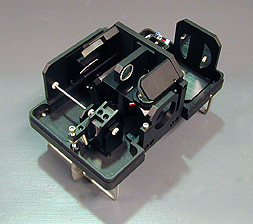 |
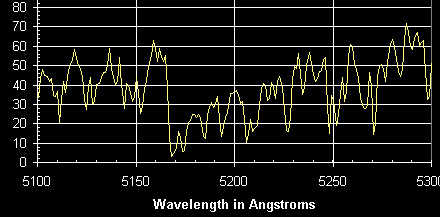 |
The following options and accessories are available for the ST-XE and XM cameras:
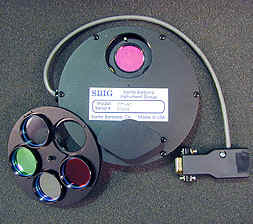 |
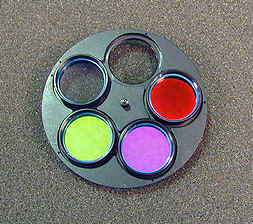 |
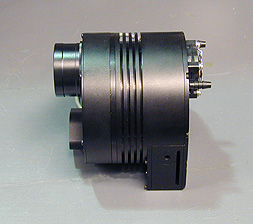 |
| CFW8A Color Filter Wheel | Custom dichroic filters for color imaging | Integrated CFW8A design |
 |
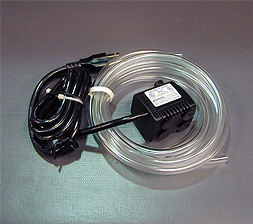 |
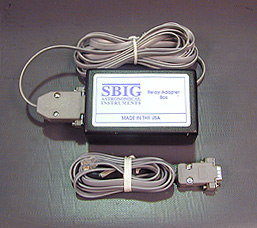 |
AO-7 adaptive optics accessory |
Submersible water pump |
Relay Adapter Box |
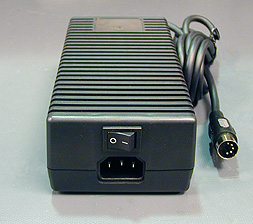 |
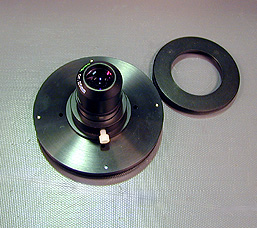 |
 |
90-240VAC Universal Power Supply |
Quick Disconnect Accessory |
Self-guided Spectrograph |
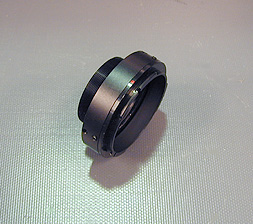 |
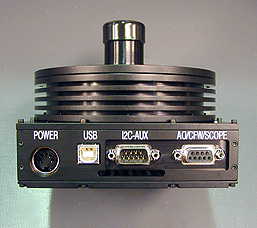 |
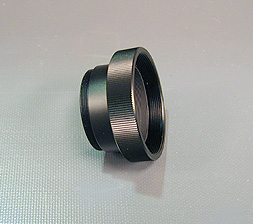 |
35mm Camera Lens Adapters |
Bi-directional Accessory Port |
T-thread Visual Back Adapter |
PRICE vs. PERFORMANCE
We feel that if one compares ALL of the included parts, features and costs of the camera / autoguider system with any competitor, SBIG remains a leader in price vs. performance. For example, just adding in the cost of a TC-237 based autoguider and premier software comparable to CCDSoftV5 could run well over $1000. Water cooling capability is now standard. There is no extra charge for a custom hard carrying case with most models, etc.
High
Speed |
Imaging CCD |
Imaging Array |
Built-in Autoguider |
Autoguiding CCD |
Autoguiding Array |
Cooling (Typical) |
Full Frame Download |
| ST-2000XM | KAI-2020M | 1600 x 1200 at 7.4 microns |
Yes | TC-237 | 657 x 495 at 7.4 microns |
-45 C | ~ 4.5 sec. |
| ST-7XME | KAF-0402ME | 765 x 510 pixels at 9 microns |
Yes | TC-237 | 657 x 495 at 7.4 microns |
-45 C | ~ 1 sec. |
| ST-8XME | KAF-1603ME | 1530 x 1020 pixels at 9 microns |
Yes | TC-237 | 657 x 495 at 7.4 microns |
-45 C | ~ 3.7 sec. |
| ST-9XE | KAF-0261E | 512 x 521 pixels at 20 microns |
Yes | TC-237 | 657 x 495 at 7.4 microns |
-45 C | ~ 0.7 sec. |
| ST-10MXE | KAF-3200ME | 2184 x 1472 pixels at 6.8 microns |
Yes | TC-237 | 657 x 495 at 7.4 microns |
-45 C | ~ 8.7 sec. |
Upgrades
Click here for prices and pre-requisites for various upgrades.
* Price and specifications subject to change
without notice.
See our Price List section for current pricing and Product Catalog section for current specifications.
Revised: March 28, 2006 09:06:17 PM.
Copyright © 2006 Santa Barbara Instrument Group, Inc. All rights reserved.
Please report any problems with this page directly to the Webmaster